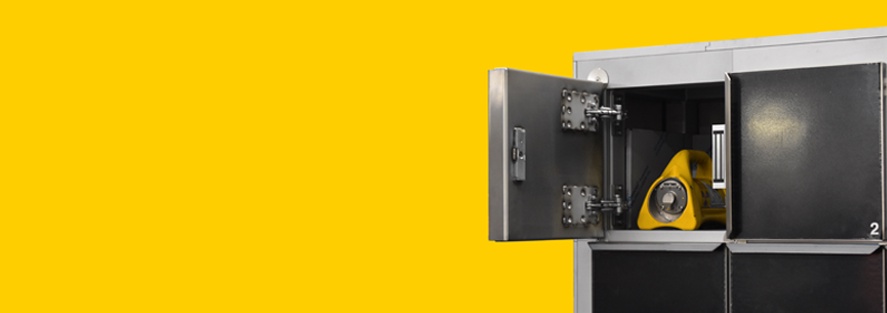Nuclear radiation shielding materials are materials that are designed to reduce or prevent the harmful effects of nuclear radiation. These materials are typically used in a variety of industries, including nuclear power, medical imaging, and research facilities.
Nuclear radiation is a form of energy that is emitted from the nucleus of an atom. There are three types of nuclear radiation: alpha particles, beta particles, and gamma rays. Alpha particles are the least penetrating form of radiation and can be stopped by a sheet of paper or the outer layers of skin. Beta particles are more penetrating and can be stopped by a layer of clothing or a thin sheet of metal. Gamma rays are the most penetrating and require dense materials, such as lead or concrete, to shield against them.
Nuclear radiation shielding materials are designed to reduce the amount of nuclear radiation that is able to penetrate through a barrier. These materials can be made from a variety of substances, including lead, concrete, steel, water, and boron. Each material has unique properties that make it effective for shielding against certain types of radiation.
Some common nuclear radiation shielding materials include:
-
Lead: Lead is one of the most effective materials for shielding against gamma rays. It is a dense metal that absorbs radiation and prevents it from passing through. Lead is often used in nuclear power plants, medical imaging facilities, and other applications where high levels of radiation are present.
-
Concrete: Concrete is another effective shielding material that is often used in nuclear power plants and other high-radiation environments. It is a dense material that can be easily molded into a variety of shapes and sizes. Concrete is often reinforced with steel to increase its strength and durability.
-
Steel: Steel is a versatile material that can be used for a variety of applications, including nuclear radiation shielding. It is a strong and durable material that can be easily shaped and welded. Steel is often used in combination with other shielding materials, such as lead and concrete, to create a multi-layered shielding system.
-
Water: Water is a natural shield against nuclear radiation. It is an effective shielding material for beta particles and can be used to cool nuclear reactors. Water is often used in combination with other shielding materials, such as concrete and steel, to create a multi-layered shielding system.
-
Boron: Boron is a natural element that is used in the production of nuclear radiation shielding materials. It has a high neutron absorption capacity and is often used in the form of boron carbide or borosilicate glass. Boron is often used in nuclear reactors, where it helps to absorb neutrons and prevent them from causing further fission reactions.
-
Polyethylene: Polyethylene is a plastic material that is often used as a shielding material for neutron radiation. It is an effective shield against fast neutrons and can be easily molded into a variety of shapes and sizes. Polyethylene is often used in nuclear power plants, research facilities, and medical imaging centers.
-
Tungsten: Tungsten is a heavy metal that is often used as a shielding material for X-ray radiation. It has a high atomic number and can absorb X-ray radiation without producing secondary radiation. Tungsten is often used in medical imaging equipment, such as CT scanners and X-ray machines.
In addition to these materials, there are many other nuclear radiation shielding products available on the market. These products include radiation shielding curtains, doors, windows, and panels. They are designed to create a safe working environment for people who are exposed to nuclear radiation on a regular basis.
When selecting nuclear radiation shielding materials, it is important to consider the type of radiation that needs to be shielded against, the energy level of the radiation, and the amount of shielding required. A multi-layered shielding system that combines different materials may be necessary to provide adequate protection against


No comments yet